Are you interested in the art of craftsmanship? These are the must-visit profession and craft museums in Spain:
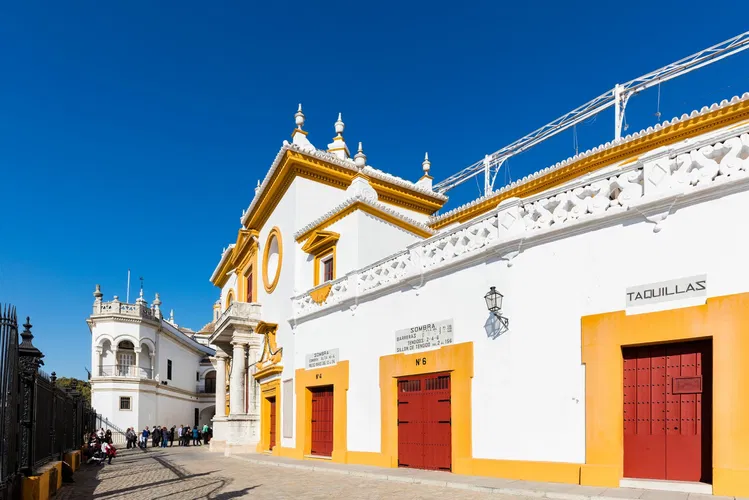
Maestranza (Seville)
SevilleThe Plaza de Toros de la Real Maestranza de Caballería de Sevilla is a significant landmark in Seville, Spain. This bullring, with a capacity of 12,000, is one of the most visited tourist attractions in the city. It is not only a stage for bullfighting but also a symbol of the city's rich history and culture.
Antigua Windmill Craft Centre
AntiguaQuite curious old mill that now serves a a museum and a craft centre. You can buy the local products here and check out the exhibit.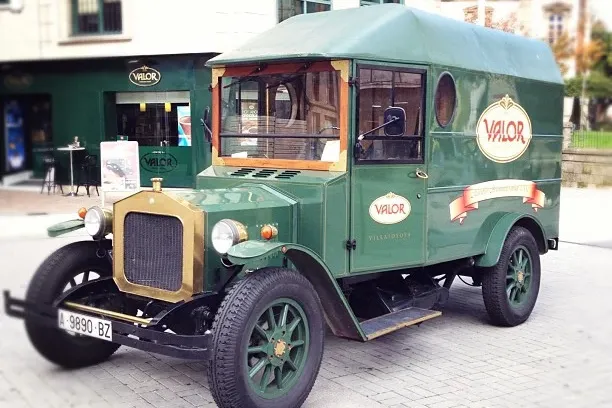
Valor Chocolate Museum
VillajoyosaThe Valor Chocolate Museum is a thematic museum dedicated to chocolate and its manufacturing processes. It is located in the vicinity of Villajoyosa, a town in Alicante, Spain. The museum provides an in-depth look into the world of chocolate, from its origins to the modern manufacturing techniques used today.
Cerralbo Museum
MadridThe Cerralbo Museum is a museum in Madrid that is housed in a historical mansion where it exhibits an extensive collection of artwork (over 50.000 objects). The museum is named after the marquis of Cerralbo, who used to own it. What was once considered the greatest private art collection in Spain, c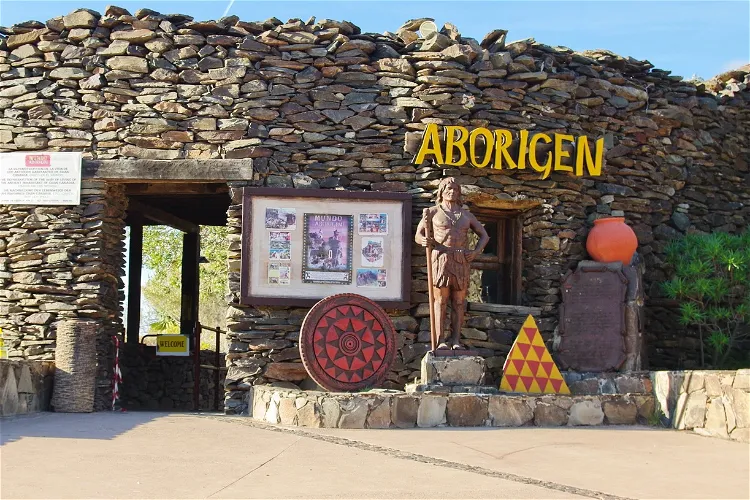
Mundo Aborigen
Las Palmas de Gran CanariaMundo Aborigen is an archaeological open-air museum situated in the municipality of San Bartolomé de Tirajana on the island of Gran Canaria, in the Spanish province of Las Palmas. This location offers a unique opportunity to explore the rich history and culture of the region.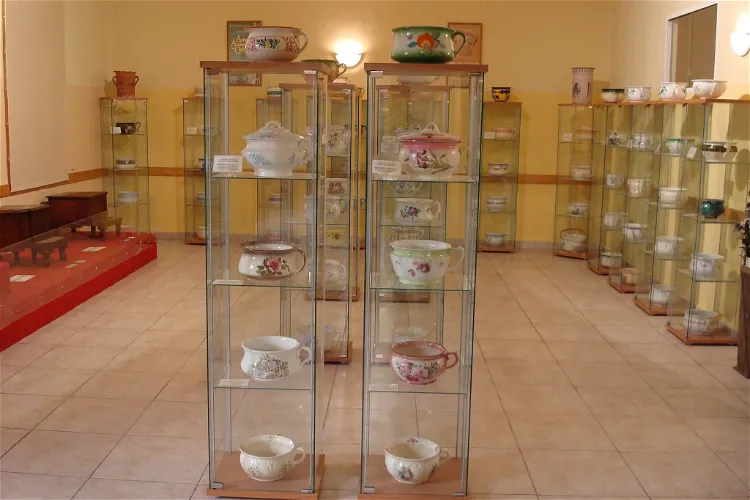
Urinal Museum
Ciudad RodrigoThe Urinal Museum in Ciudad Rodrigo, Salamanca, Spain, is a unique institution dedicated to the domestic hygiene utensil, the urinal. The museum showcases a variety of styles, models, and designs of this common household item, reflecting the craftsmanship applied to meet a biological need over centuries. It provides a unique perspective on a mundane object, making it an interesting destination for those interested in unusual museums.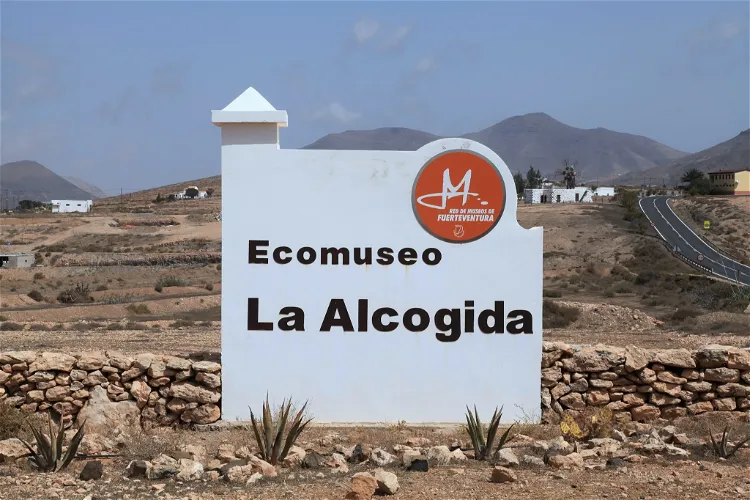
La Alcogida Ecomuseum
Puerto del RosarioAn open-air museum with seven restored houses. You can witness all of the "old life" here - from farming to crafts.
Pedagogic Museum of Aragón
HuescaThe Pedagogic Museum of Aragón is conveniently located in the same building as the Huesca Tourism Office, in Plaza López Allué, Spain. This central location makes it easily accessible for tourists visiting the city. The museum was established in 2006 and specializes in the education, culture, and society of the 20th century, as well as educational heritage and the school as a reflection of society.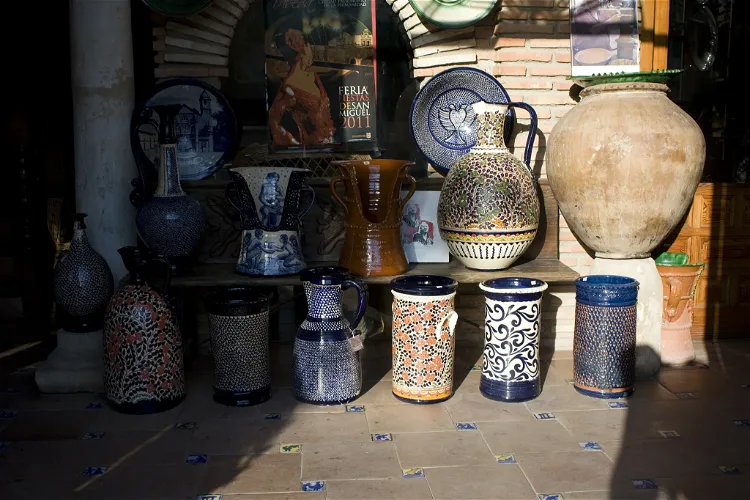
Museo de Alfarería
ÚbedaThe Museo de Alfarería de Agost is situated in a former factory in an industrial neighborhood that dates back to the late 19th and early 20th centuries. This setting serves as a testament to the traditional pottery wealth of the local population.
Museo Fallero de Valencia
ValenciaMuseo Fallero de Valencia is a museum in the Spanish city of Valencia that is dedicated to the city's unique and internationally known festival. The collection of the museum consists of the best figurines made over the years. Each year, the best falla (figurine) is saved from the fire and put into t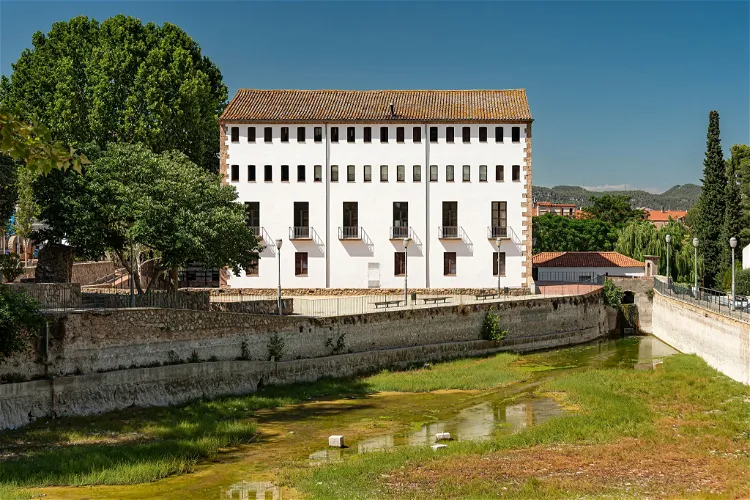
Capellades Paper Mill Museum
CapelladesThe Capellades Paper Mill Museum is a unique institution dedicated to the history and art of papermaking. Located in the town of Capellades, the museum is housed in an old paper mill known as 'Molino de la Villa'. It offers a comprehensive insight into the traditional methods of paper production, as well as the evolution of papermaking technologies up to the 21st century.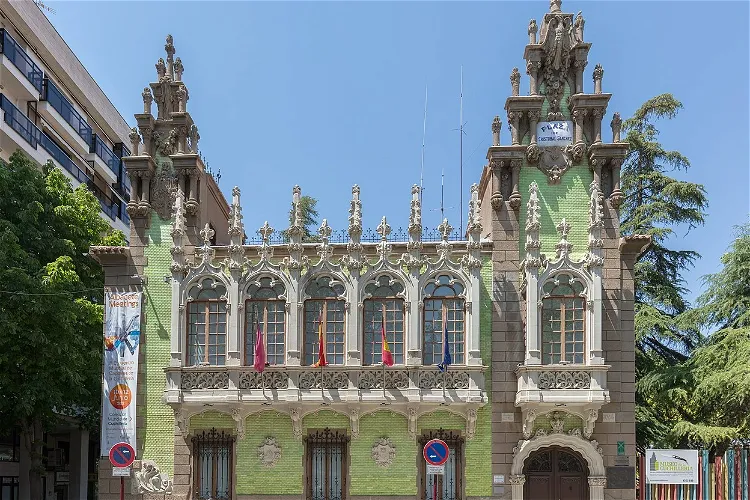
Municipal Museum of Cutlery
AlbaceteThe Municipal Museum of Cutlery in Albacete, also known as MCA, is a historical museum dedicated to the art of cutlery. It is located in the Spanish city of Albacete and is housed in the Hortelano house. This mansion, which dates back to the early 20th century, is situated in the central Cathedral square and was designed by the architect Daniel Rubio.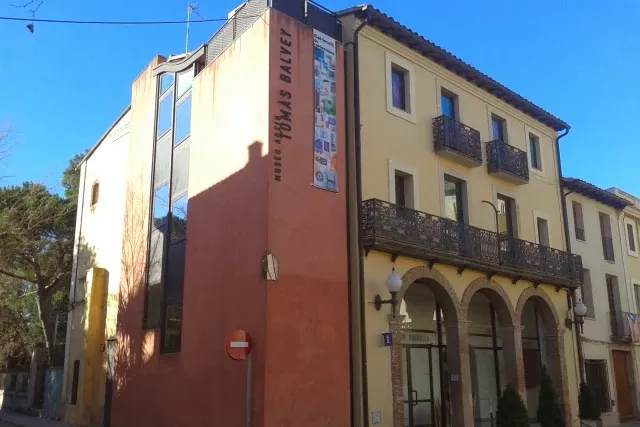
Cardadeu Tomàs Balvey Museum-Archive
CardedeuThe Tomàs Balvey Museum-Archive in Cardedeu is a unique institution that revolves around the legacy of Tomàs Balvey i Bas, who was the last in a long line of pharmacists in Cardedeu. The museum's narrative is built around the pharmacy and its pharmacist, focusing on the world of illness, remedies, and health. This makes it a fascinating destination for those interested in the history of medicine and pharmacy.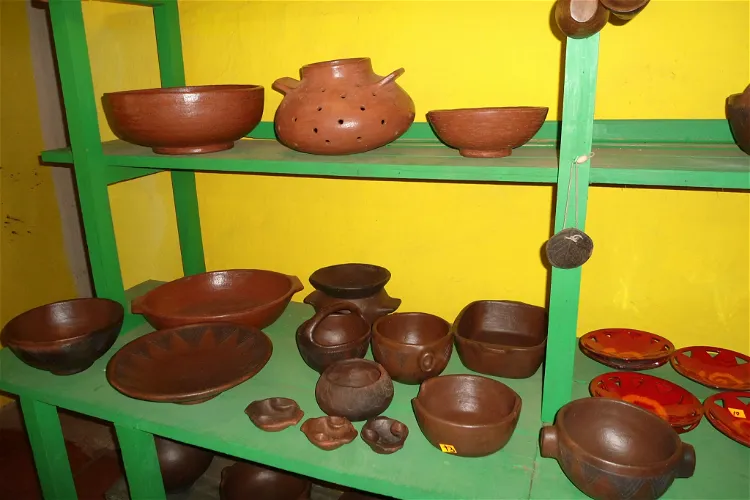
Centro de Interpretación de Las Loceras
VallehermosoLas loceras de El Cercado are a group of female potters from one of the most traditional centers in the Canary Islands. This pottery tradition has been passed down through generations and is a significant part of the local culture. Visitors to the Centro de Interpretación de Las Loceras in Vallehermoso can learn about this tradition and see the pottery being made.
Footwear Museum
EldaThe Footwear Museum Jos Mar a Amat Amer, situated in the city of Elda, Alicante, Spain, is one of the primary museums in Europe dedicated to the theme of footwear. It offers a unique insight into the history and production of shoes, making it a fascinating destination for those interested in fashion, history, or industry.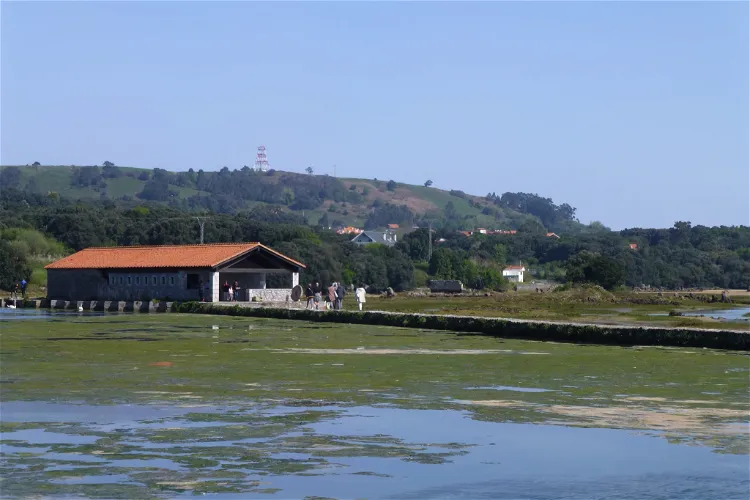
Santa Olaja Mill
Isla PlayaSanta Olaja Mill, also known as Santa Olalla, is a tidal mill located in the Joyel marsh in the municipality of Arnuero in Cantabria, Spain. It is part of the Trasmiera Ecopark and is one of the few mills that are still preserved in good condition. The mill is unique as it is the only one on the European Atlantic coast that functions as an Interpretation Center for these mechanical devices and maintains a visiting schedule open to the public all year round.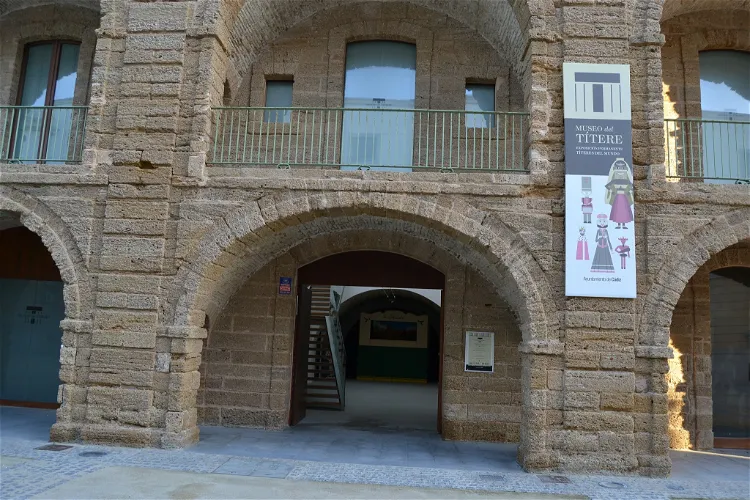
Puppet Museum
CádizThe Puppet Museum in Cádiz is a municipal establishment dedicated to the culture and history of puppets. It is situated in the Vaults of Puerta de Tierra in the Bay of Cádiz and was inaugurated on August 9, 2012. This location provides a unique setting for the museum, adding to the overall experience of the visitors.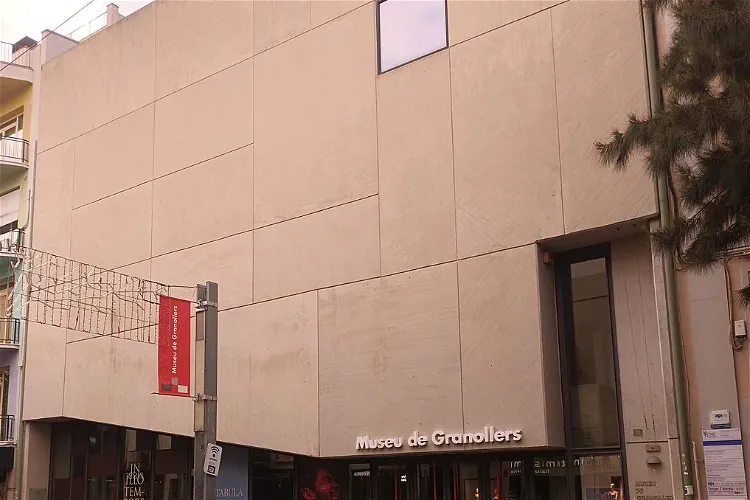
Granollers Museum
GranollersThe Granollers Museum, situated in Granollers, Barcelona, is home to a wide array of collections. These collections span across various fields such as archaeology, decorative arts, ethnography, numismatics, and art from different eras - ancient, modern, and contemporary. This diversity in the museum's collection offers visitors a comprehensive insight into the rich cultural and historical heritage of the region.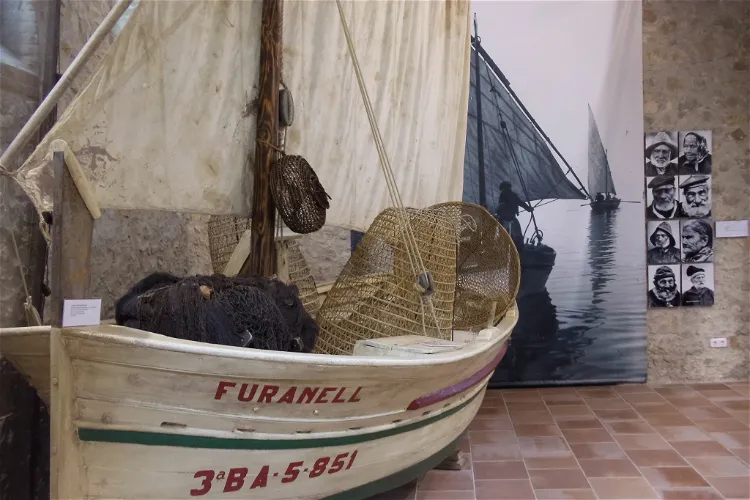
Anchovy and Salt Museum
l'EscalaThe Anchovy and Salt Museum is situated in the charming town of L'Escala, nestled in the region of Catalonia, Spain. This museum, which opened its doors to the public in 2006, offers visitors a unique insight into the cultural heritage of the village.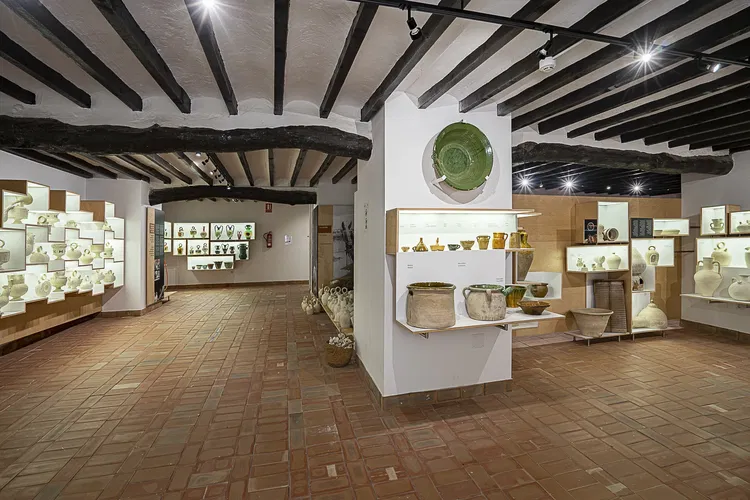
Agost Pottery Museum
AgostThe Museo de Alfarería in Agost, Alicante, Spain, has a rich history that dates back to 1981. It was established by German ethnologist Ilse Schütz, who owned and directed it for 19 years. In March 2000, the Agost City Council took over the personnel and maintenance costs of the museum, ensuring its continued operation and preservation.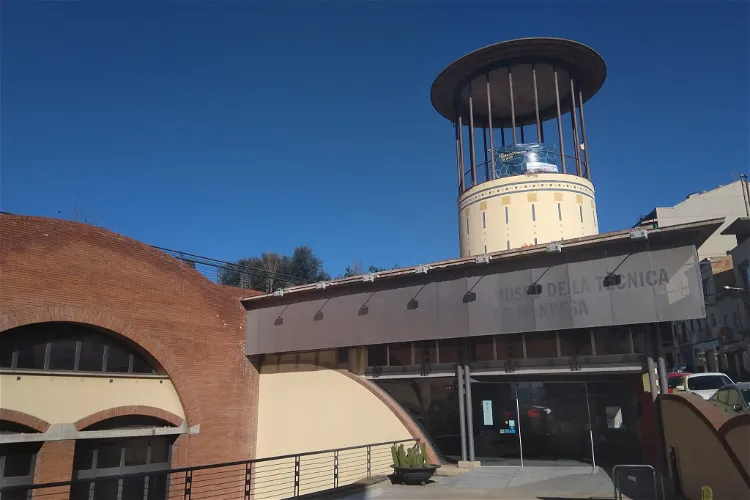
Technical Museum of Manresa
ManresaThe Technical Museum of Manresa is housed in the old tanks that once collected and stored water from the city's ditch. These tanks, built between 1861 and 1865, have been fully restored and now host a multipurpose room and two permanent exhibitions. The museum's location offers a unique insight into the city's history and its relationship with water.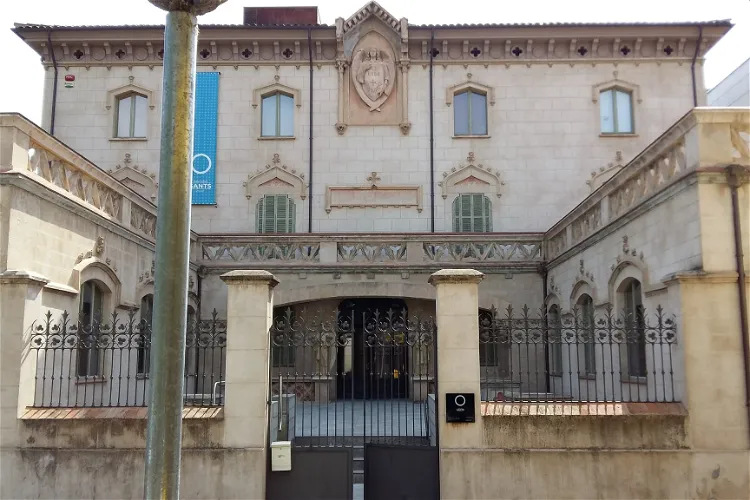
Olot Saints Museum
OlotThe Olot Saints Museum, which opened its doors in 2007, is a unique institution dedicated to the craft of creating religious imagery. Located in Olot, Girona, the museum houses a variety of items that provide insight into this specialized craft. Visitors can explore the intricate process of creating religious figurines and learn about the history and significance of this art form.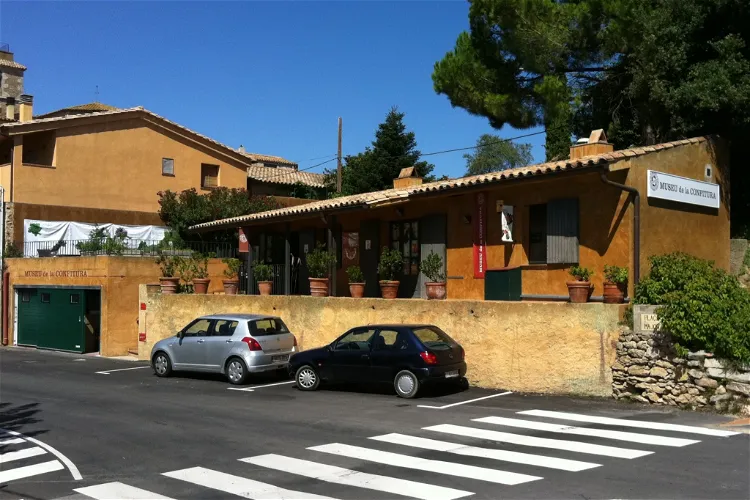
The Jam Museum
TorrentThe Jam Museum, also known as El Museo de la Confitura, was inaugurated in the year 2004. It is located in Torrent, a municipality in Bajo Ampurdán. This location is not just a museum but also a gourmet artisan workshop and a jam store. It's a gastronomic space where a small museum, a store with more than 150 varieties of jams, and a workshop coexist.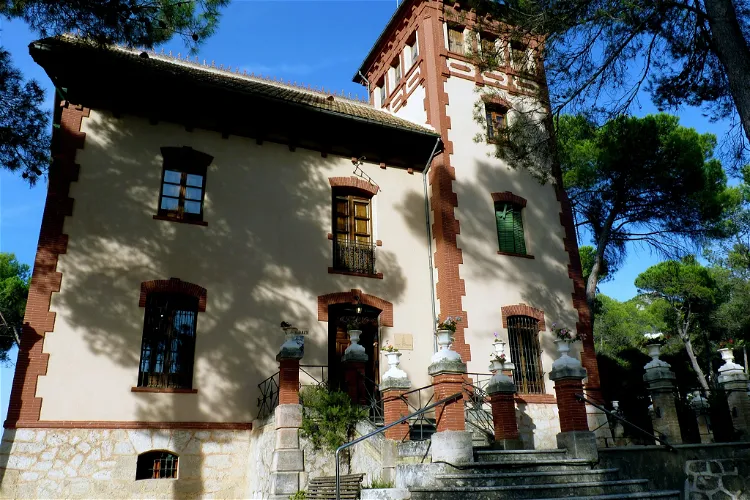
Valencian Paper Museum
BañeresThe Valencian Paper Museum, also known as Museo Valenciano del Papel, is a public museum situated in the city of Banyeres de Mariola, within the province of Alicante in the Valencian Community. This museum offers a unique insight into the history and process of papermaking, making it an interesting destination for those interested in history, industry, and craftsmanship.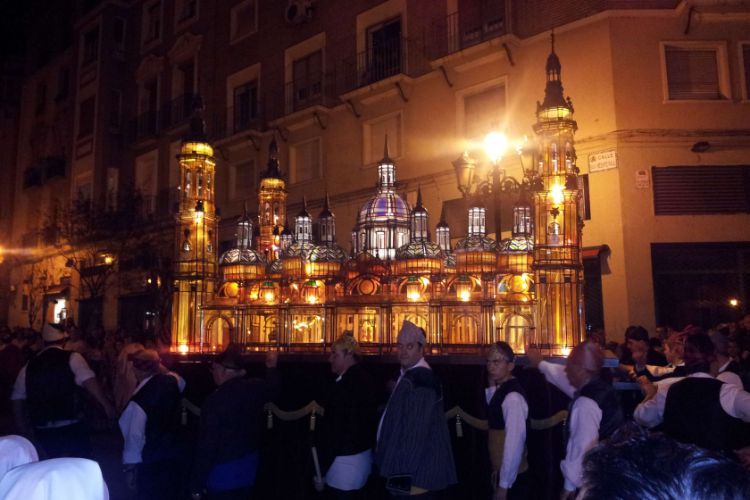
Museo de los Faroles y Rosario de Cristal
ZaragozaMuseo de los Faroles y Rosario de Cristal (The Museum of Lanterns and Rosario de Cristal) is housed in the church of the Sacred Heart of Jesus. In the museum, the pieces of crafts that make up the Crystal Rosary are exhibited. The Crystal Rosary is celebrated every October 13 in Zaragoza and consist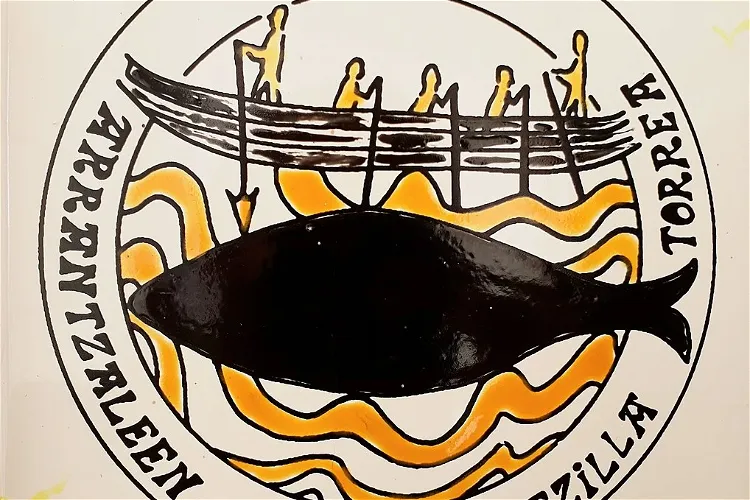
Museo del Pescador
BermeoEl Museo del Pescador, located in the Ercilla Tower in Bermeo, Basque Country, is a unique museum dedicated to fishermen and the sea. It provides a deep insight into the life, work tools, and techniques of fishermen, making it a unique destination for those interested in maritime history and culture.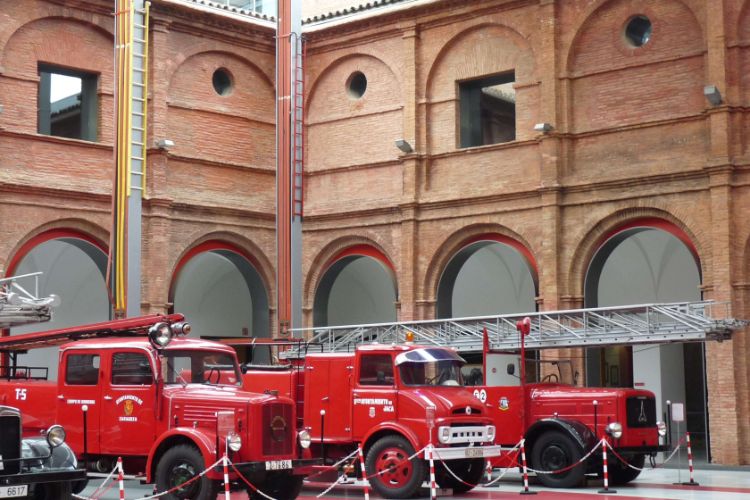
Museo del Fuego y de los Bomberos
ZaragozaMuseo del Fuego y de los Bomberos is a museum in Zaragoza that is dedicated to fire and firemen that is housed in the former convent of Franciscanos Mínimos de la Victoria of the sixteenth century. The building still functions as a fire station, but also as the history museum in which the advances i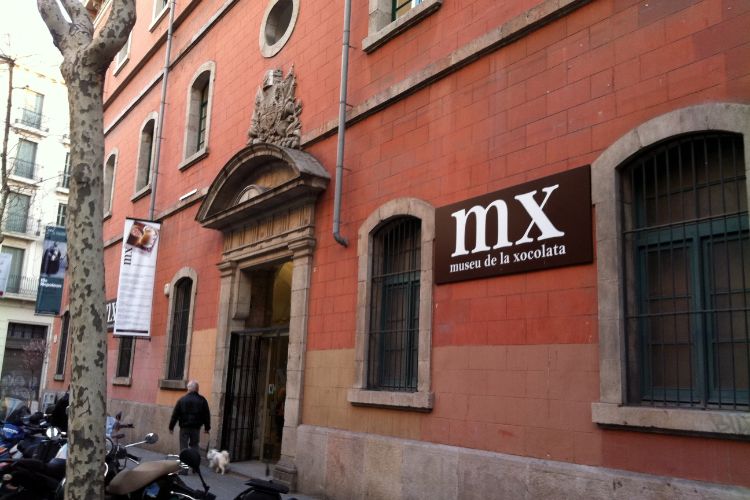
Museu de la Xocolata
BarcelonaIn Museu de la Xocolata you can admire chocolate sculptures as well as replicas of buildings. You will also learn about the history of chocolate and its importance for the ancient cultures of Latin America. Additionally, the museum shows the manufacturing of chocolate. Various events and workshops a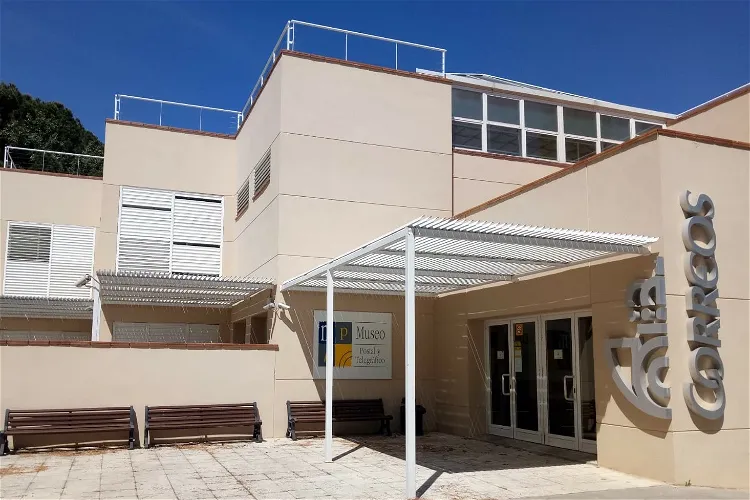
Museo Postal y Telegráfico
HúmeraThe Museo Postal y Telegráfico, located in Madrid, Spain, provides a comprehensive look into the history, origin, and evolution of postal and telegraphic communications. It also delves into the history of philately, showcasing stamps from Spain and the world dating back to the late 18th century. Additionally, the museum features exhibits on telephony, with pieces from the 19th and 20th centuries.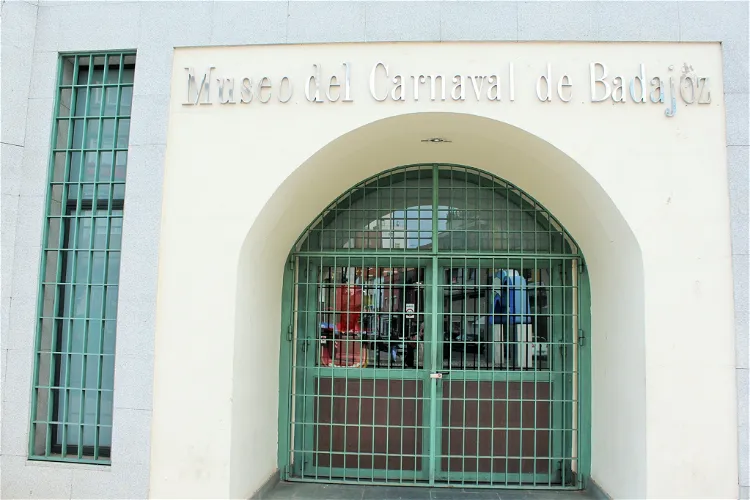
Carnival Museum of Badajoz
BadajozThe Carnival Museum of Badajoz is a dynamic representation of one of the best carnivals in Spain, a festival that has been declared of International Tourist Interest. This recognition highlights the cultural significance and the international appeal of the carnival, making the museum an interesting destination for tourists who are interested in cultural festivals and traditions.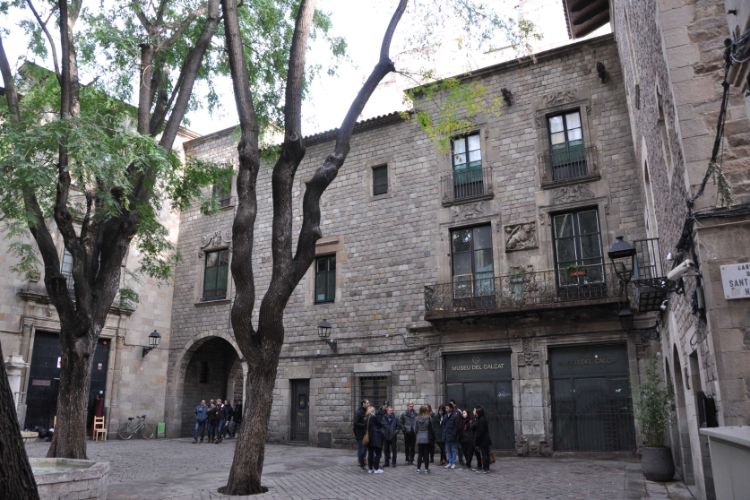
Centro Cerámica Triana
SevilleCentro Cerámica Triana (The Ceramic Center Triana) is a museum in Seville that is dedicated to preserve and promote the ceramic tradition of the city.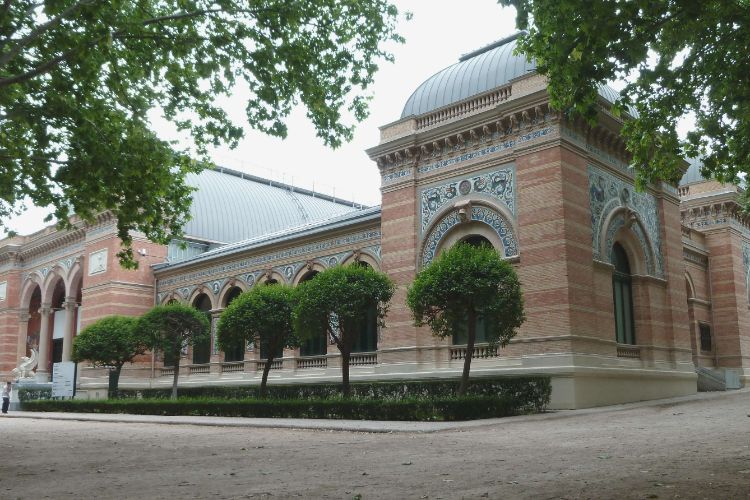
Palacio de Velasquez
MadridPalacio de Velasquez (Velázquez Palace) is an exhibition hall in Madrid that is located in El Retiro Park. It was once used as a museum promoting ceramics and glass-making, but is now dedicated to temporary exhibitions of Spain's National Museum of Modern Art. Named after the architect Ricardo Veláz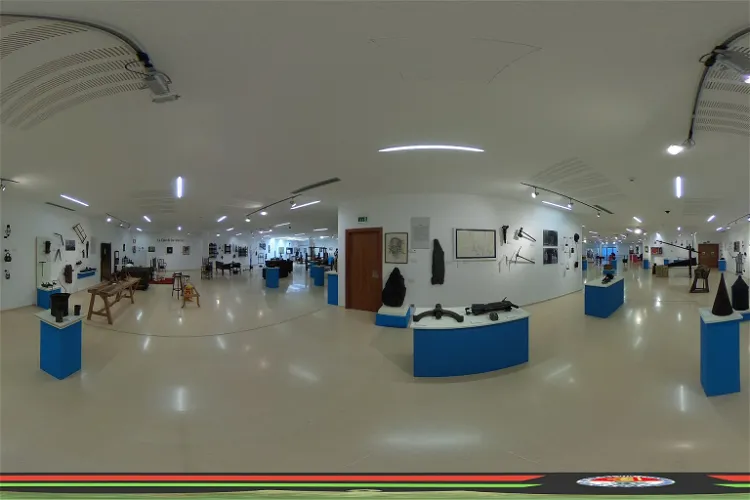
Alto Bierzo Museum
BembibreThe Alto Bierzo Museum, located in Bembibre, Castilla y León, Spain, was established on June 26, 1987. The museum's mission is to showcase the historical heritage of Alto Bierzo, including traditional customs, domestic and agricultural tasks, and various trades and crafts. It houses a wide range of materials, including archaeological, historical, and ethnographic items, all related to Alto Bierzo and its sphere of influence. The museum is dedicated to promoting the knowledge, study, and dissemination of these materials.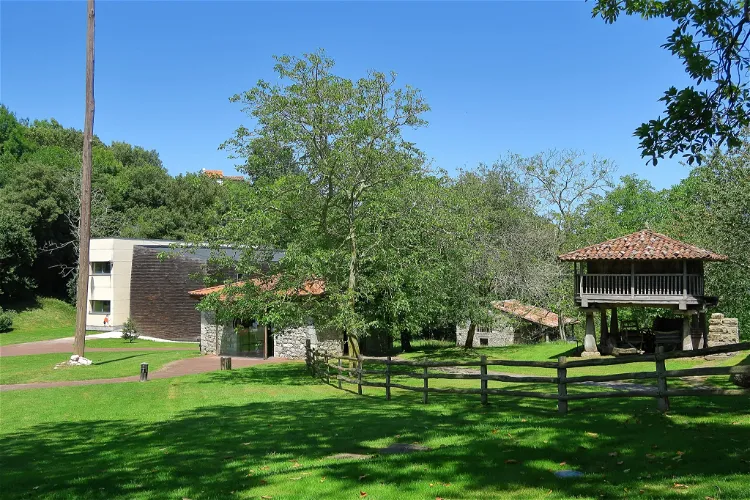
Museo Etnográfico del Oriente de Asturias
LlanesThe Museo Etnográfico del Oriente de Asturias is a quaint museum nestled in the village of Porrúa in Llanes, Asturias. This museum offers a unique glimpse into the region's rich cultural and historical heritage, making it an interesting stop for those keen on understanding the local way of life.
Museo del Vino Málaga
MálagaMuseo del Vino Málaga (The Málaga Wine Museum) is an oenological museum in Malaga. The museum is housed in the palace of Biedmas, a palace of the eighteenth century. It is divided into two floors that contain several thematic rooms. It holds more than 400 old objects related to wine, including bottl
Angel Orensanz Museum and Arts
SabiñánigoThe Angel Orensanz Museum and Arts of Serrablo is an ethnological museum located in the Bridge of Sabiñánigo, province of Huesca, Aragon, Spain. It is housed in a typical 19th-century building of the Aragonese Pyrenees called Casa Batanero. The museum was inaugurated in 1979 as a result of the collaboration between the Friends of Serrablo Association, the sculptor Angel Orensanz, and the Sabiñánigo City Council.
Museo Minero de Andorra
AndorraThe Museo Minero de Andorra-Sierra de Arcos, more commonly known as MWINAS, is a museum situated in the Spanish municipality of Andorra, within the province of Teruel, in the autonomous community of Aragon. This museum offers a unique and dynamic space for visitors, with a focus on the history and impact of coal mining in the region.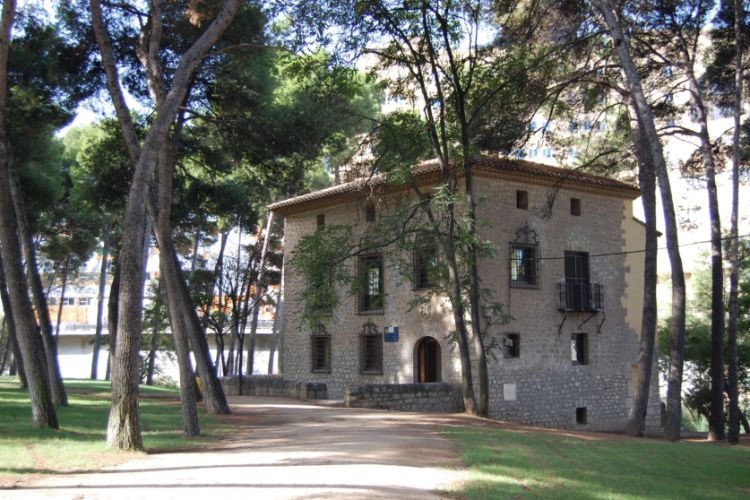
Museo de Zaragoza, sección de Cerámica
ZaragozaThe Ceramic Section of the Museum of Zaragoza (Museo de Zaragoza, sección de Cerámica) holds various samples of popular decorated Aragonese pottery. The museum is housed in Casa de Albarracín. The collection includes decorated pottery from Muel, Teruel, Villafeliche and objects from other centers of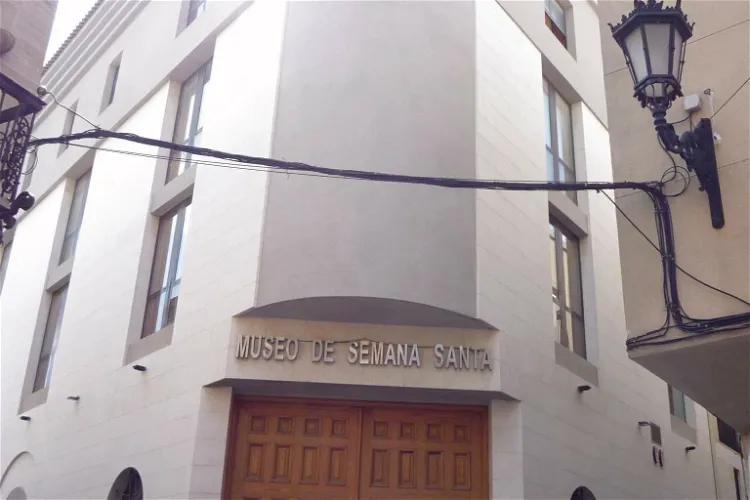
Holy Week Museum
OrihuelaThe Holy Week Museum of Orihuela is situated on the site of the Church of Our Lady of Mercy. This location is significant as it still retains its 16th century Renaissance facade, providing a historical backdrop to the museum's extensive collection of sacred art.
Casa de los Duendes
Puerto LumbrerasThe Augusto Vels Museographic Collection is housed in the Casa de los Duendes in Puerto Lumbreras, in the Murcia Region. This collection preserves the significant legacy of Augusto Vels, a renowned graphologist from Lumbreras. It not only conserves his work but also interprets and disseminates it to the public.
Royal Tapestry Factory
RascafríaSince 1889, the Royal Tapestry Factory has been located in the Pacífico neighborhood of Madrid. The building, which was constructed between 1889 and 1891, is a testament to the architectural style of the period. The factory continues to operate in this location today, maintaining the activity for which it was originally created.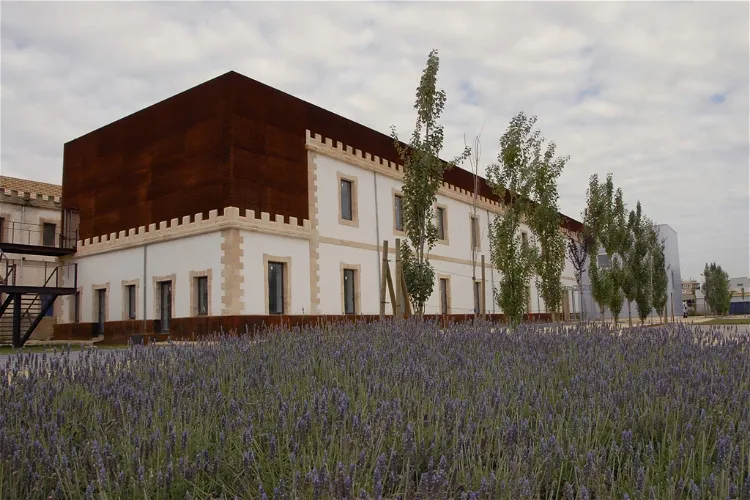
Museum of Footwear and Industry
IncaThe Museum of Footwear and Industry, located in the Spanish city of Inca in the Balearic Islands, provides a comprehensive history of the shoe and its auxiliary industries on the island of Mallorca. The museum's exhibits span from the 13th century to the present day, offering visitors a unique insight into the evolution of footwear and its related industries over the centuries.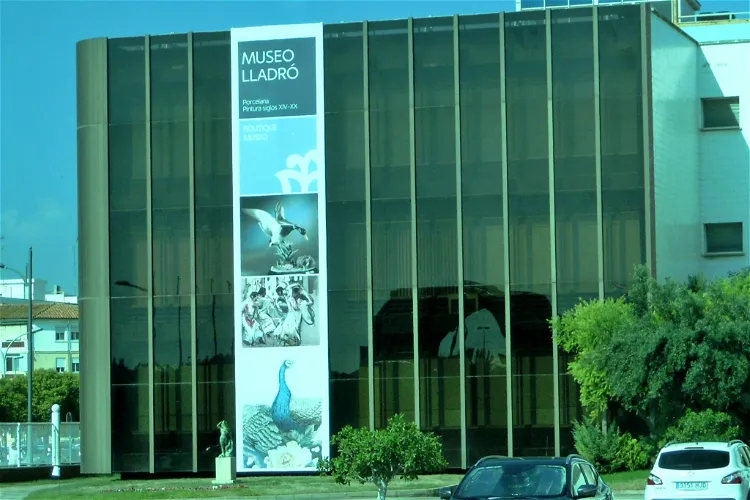
Lladró Museum
AlmáceraApart from showcasing the company's artistic collection, the Lladró Museum also provides an opportunity for visitors to tour the workshops of the City of Porcelain. Here, tourists can learn about the creation process of the porcelain pieces directly from the artisans who craft them.
Museo de Artes y Costumbres Populares
BegíjarThe Museo de Artes y Costumbres Populares de Begíjar is situated in the historic center of the municipality of Begíjar, in the province of Jaén, Spain. This location is part of the cultural heritage declared by the Junta de Andalucía with integral protection. The museum is dedicated to the research, dissemination, and conservation of historical and anthropological heritage, from the perspective of social processes and respect for cultural diversity.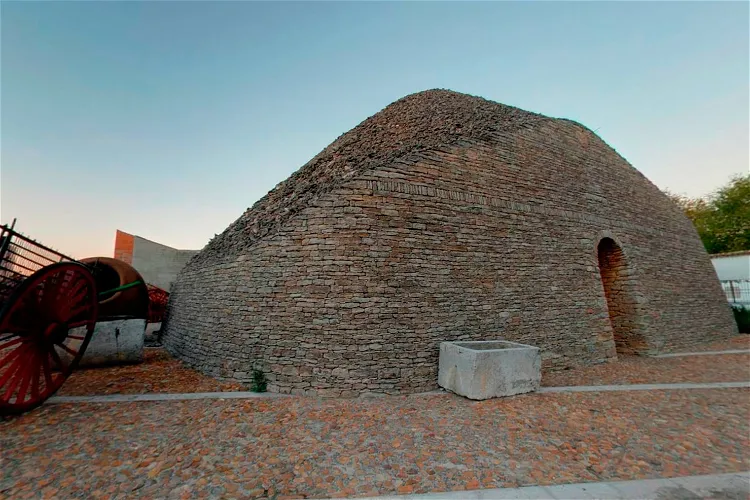
Wagon and Farm Tools Museum
TomellosoEstablished in the 1960s, the Wagon and Farm Tools Museum boasts a collection of over 400 objects that depict the agricultural and domestic life of the past. The collection includes graphic and photographic documents, providing a comprehensive view of the region's history.- 46
Casa de la Apicultura
BoalLa Casa de la Apicultura is a unique museum dedicated to beekeeping, located in the Asturian council of Boal. More specifically, it is situated in the town of Los Mazos, which is approximately 2 km from the municipal capital. To reach the museum, visitors can take the AS-12 road towards Navia. - 47
Museum of the Falles Artists of València
ValenciaMuseum of the Falles Artists of València (Museo del Gremio de Artistas Falleros) is the guild's very own museum in Valencia. Visitors can marvel at their mastery of making fallas, the figurines used in the local festival. - 48
Museo Casa Ramón García Romero
CórdobaMuseo Casa Ramón García Romero (The House Museum of Ramón García Romero) is a museum in Córdoba, a city which for many centuries has been a great example for leather crafting. It is named after Ramón García Romero, a pioneer in the recovery of genuine embossed leather. In the museum, visitors can tr - 49
Museum of Beekeeping
CasoLa Casa de la Apicultura, or the House of Beekeeping, is a center for the dissemination and interpretation of beekeeping. It is located in the Asturian council of Boal, specifically in the town of Los Mazos. The museum is approximately 2 km from the municipal capital and can be reached by taking the AS-12 road towards Navia. - 50
Museu del Calçat
BarcelonaMuseu del Calçat (Shoe Museum) traces the history of footwear and has a section devoted to shoes worn by famous personalities. The museum displays portraits of guild members, reproductions of footwear from the 2nd to 18th centuries and authentic shoes from the 18th century to the present day. Beside - 51
Museo Etnográfico
NavafríaEl Martinete de Navafría, located in Segovia, Spain, is a preindustrial establishment that was used for beating and shaping copper. The facility was powered by hydraulic energy, which was obtained by transmitting the force of water to a wheel. This wheel, through its rotation, would turn a shaft that moved the hammer used to strike and shape the mineral. - 52
Museo Municipal de Bomberos
MadridThe Museo Municipal de Bomberos is a musuem in Madrid dedicated to firefighting. - 53
Valencian Textil Museum
OntenienteThe Valencian Textile Museum, inaugurated in December 2022, is situated in the former Manuel Revert textile factory. The museum's location, next to the Clariano river in the city of Onteniente, adds to its historical charm and significance. - 54
Museo Municipal de Palma del Río
Palma del RíoThe Museo Municipal de Palma del Río is a museum that is managed and owned by the municipality. It is located in the city of Palma del Río, which is in the province of Córdoba, Spain. This museum is a representation of the city's commitment to preserving and showcasing its rich history and culture. - 55
Quart's Museum of Ceramics
QuartThe Quart Pottery Museum, also known as Museu de la Terrissa de Quart, is situated in the town of Quart, in the Gironés region. The museum was officially opened to the public on March 27, 2011. It serves as a testament to the rich pottery heritage of the region, offering visitors a chance to delve into the history and craftsmanship of pottery making. - 56
Bodegas Carmelitano Museum
BenicasimThe Bodegas Carmelitano Museum is situated in the charming town of Benicasim, Spain. The museum is housed in a building that dates back to 1912, which beautifully combines the architectural styles of a wealthy farmhouse and a bourgeois country manor. This unique blend of styles not only adds to the aesthetic appeal of the museum but also reflects the symbiosis between fieldwork and artisanal production that the museum embodies.